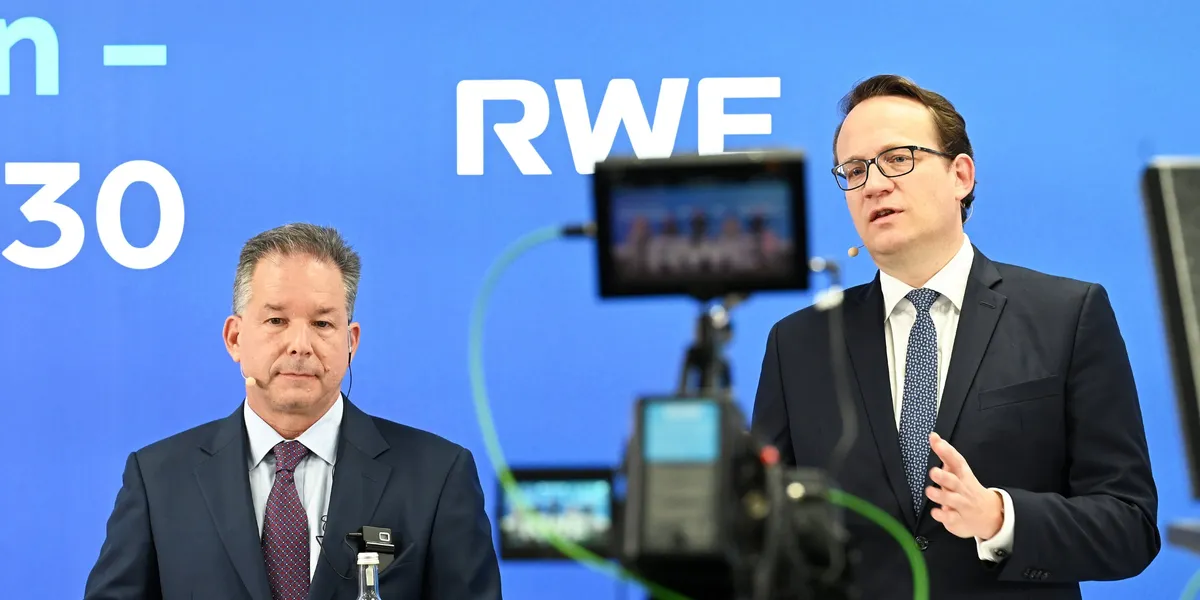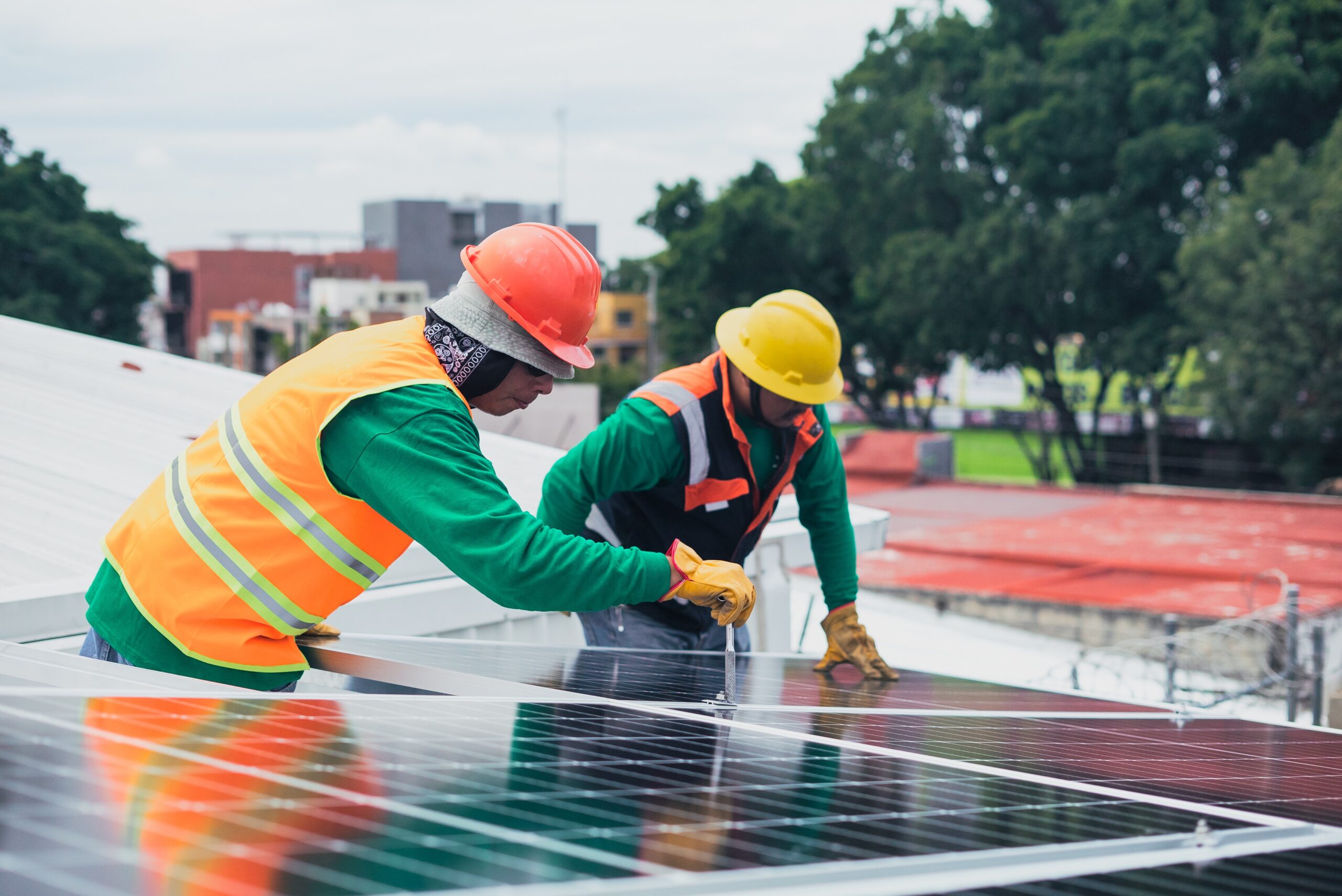
Following the signing of the One Big Beautiful Bill Act (OBBBA), which largely reduced the scope of tax credit eligibility for wind and solar projects, the Treasury Department has issued new guidance for those vying for the incentives that are still available.
OBBBA terminated the 48E investment tax credit (ITC) and 45Y production tax credit eligibility for wind and solar projects placed into service post-2027. There is an exception for projects that begin construction within a year of the law’s enactment (before July 5, 2026).
Following the signing of the OBBBA, Trump ordered Treasury to “take all action as the Secretary of the Treasury deems necessary and appropriate” to enforce the termination of the clean electricity production and investment tax credits for wind and solar facilities, including new guidance on the “beginning of construction.”
Under the new guidance, released Friday, Treasury determined that satisfying a “physical work test” is the sole method to establish that construction on a project began before July 5, 2026, aside from one exception for low output solar facilities that allows the use of the five percent safe harbor. This test also requires that the taxpayer in question maintain a continuous program of construction.
Phyiscal work of a ‘significant nature’
The guidance says that construction of an applicable wind or solar facility begins when “physical work of a significant nature” begins. The Physical Work Test focuses on the nature of the work performed, not the amount or cost, Treasury notes. Additionally, work performed both on- and off-site may be taken into account.
Off-site physical work of a “significant nature” may include the manufacturing of components, mounting equipment, support structures, and other power conditioning equipment.
On the other hand, Treasury provided a “non-exhaustive” list of examples of on-site physical work that can be taken into account, depending on whether the project is a solar or wind facility.
On-site physical work of “significant nature” for applicable wind facilities:
Under the guidance, on-site physical work of a significant nature begins with the beginning of the excavation for the foundation, the setting of anchor bolts into the ground, or the pouring of the concrete pads of the foundation. If the wind facility’s turbine and tower units are to be assembled on-site from components manufactured off-site someone other than the project owner, physical work of a significant nature begins with the start of manufacturing of the components at the off-site location, but only if the manufacturer’s work is done under a binding written contract, and if the components are not held in the manufacturer’s inventory.
On-site physical work of “significant nature” for applicable solar facilities:
For solar projects, on-site physical work of a significant nature may include the installation of racks or other structures to affix photovoltaic (PV) panels, collectors, or solar cells to a site, Treasury determined.
What about preliminary activities?
Under the new guidance, physical work of a significant nature does not include preliminary activities, even if the cost of those preliminary activities is properly included in the depreciable basis of the wind or solar facility. Preliminary activities can include planning or designing; securing financing; researching; conducting mapping and modeling; obtaining permits and licenses; conducting surveys; and other pre-construction activities.
Additionally, physical work of a significant nature does not include work to produce a component or part of a solar or wind facility that is either in existing inventory or is normally held in inventory by one selling the component or part to the project owner.
The CONTINUITY REQUIREMENT
The new guidance also requires the project owners to maintain a “continuous program of construction,” or physical work of a significant nature, on the wind or solar facility. Certain disruptions are excused, such as delays caused by severe weather or natural disasters, interconnection-related delays, or delays in obtaining permits from federal, state, local, or tribal governments. Whether or not an excusable disruption has occurred must be determined in the calendar year during which the last of multiple facilities in placed in service, or when the sole facility of a project is placed in service.
The guidance also includes a continuity safe harbor deadline: if a wind or solar facility is in service no more than four years after the year it began construction, it will be considered to satisfy the continuity requirement. If a project is not placed in service by four years, whether or not it meets the continuity requirement “will be determined by the relevant facts and circumstances.”








